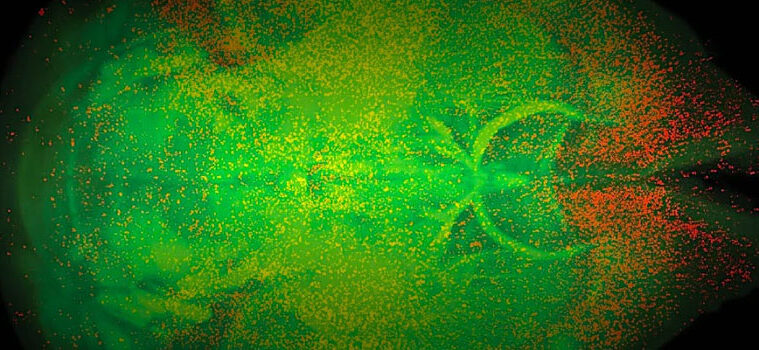IT’S NOT THE DOPAMINE –
Aug. 16, 2024 – In the journal Science, his team found that an understudied brain region responsible for aversion, the dorsal peduncular nucleus, is highly responsive to opioids. Surprisingly, the opioid receptors in this brain region respond uniquely to opioids, contradicting the prevailing belief that opioids act primarily through dopamine in the brain. This discovery offers an exciting new area of research.
“This is potentially a nondopaminergic mechanism for opioid reward, which is something people have been looking for a long time,” said Smith.
The cells that release dopamine are normally set to an on position. But another cell, called an inhibitory neuron, keeps it from releasing dopamine. These inhibitory cells have mu opioid receptors, a subtype of opioid receptors, on them. When opioids bind to these receptors, it blocks the action of the inhibitory cell and allows the dopamine-releasing cell to flood your brain with the mood-enhancing neurotransmitter. This process is called disinhibition.



